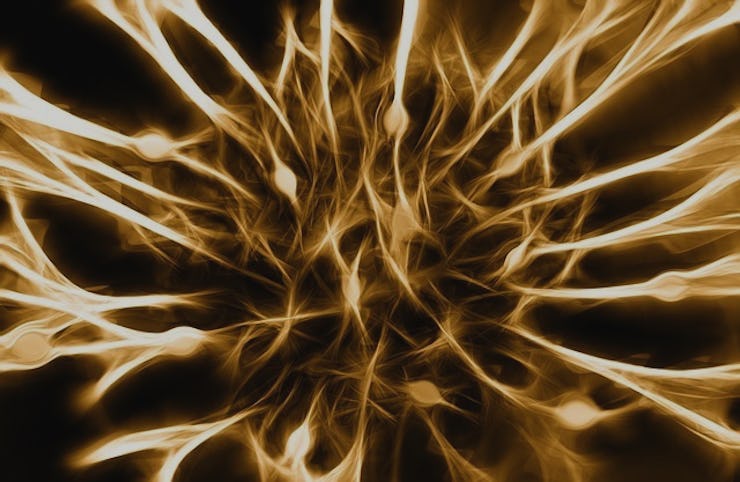New Research Suggests Antisocial Teens Have Different Brain Developement
But it's not clear what that means.

It’s not just bad behavior — antisocial teens have different brain structures than social teens.
This new study from Cambridge University and the University of Southhampton was published today in the Journal of Child Psychology and Psychiatry. The two teams of researchers independently studied separate populations of teenage boys with conduct disorder who were between 13-21 years old. The researchers found differences in brain structure between the teenagers with conduct disorder and average teens.
In total, the teams looked at the brains of 95 teenage boys with conduct disorder, a behavioral disorder with persistent aggressive or destructive behavior. The researchers compared MRIs of the brains of these antisocial teens to MRIs from 57 average teens. They were looking for differences in rates of brain structure development, assuming that regions that develop at the same rate would have a similar pattern of thickness.
In the MRIs, they found differences in the thickness of the outer region of the brain, called the cortex. Compared to average teens, they found that teens who developed conduct disorder as children had cortices that were more similar in thickness, and teens who developed conduct disorder in adolescence had cortices that were more variable in thickness. This suggests that the rate of development is different in teens with conduct disorder.
These two labeled regions of the brain were more similar in thickness in teenagers with conduct disorder than in average teenagers.
So what does this mean? Researchers aren’t exactly sure. But Graeme Fairchild, a psychologist from the University of Southampton says that their findings suggest that the diagnosis called conduct disorder is a true psychiatric problem, and not just exaggerated teenage rebellion.